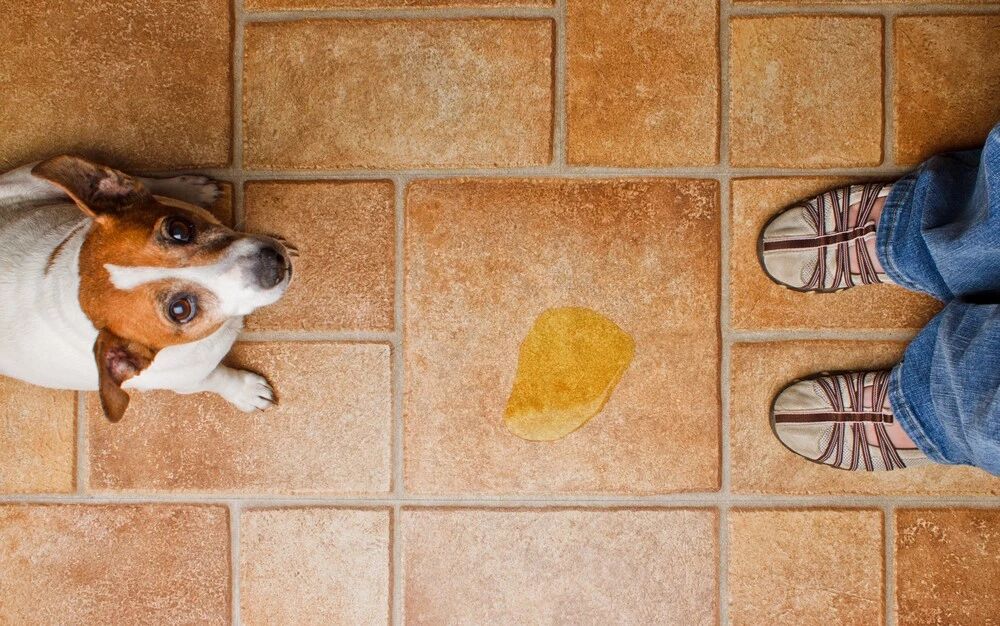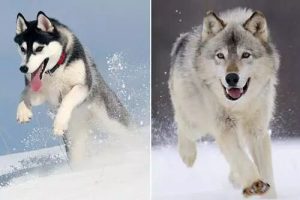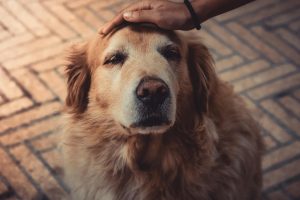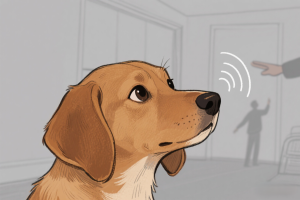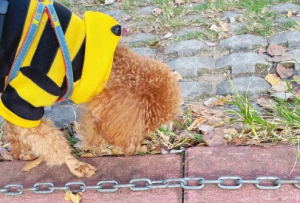Why Did My Dog Forget How to Pee in One Spot? Is It a Health Issue or a Behavioral Problem?If your dog has previously learned to pee in one spot but is now suddenly peeing all over the place, the first thing to consider is whether there’s a health issue, particularly with the urinary system. Pay close attention if your dog is urinating frequently, trying to pee in multiple places but only releasing small amounts, or if it’s unable to control its urine at all. Before assuming it’s a behavioral problem, it’s best to take your dog to a local vet for an exam. (It’s important to note whether your dog is urinating unconsciously; if so, it could be a sign of incontinence caused by weakened bladder muscles.)
-
What Tests Should Be Done? And How Should It Be Treated?
To determine the cause of your dog’s issues, several tests are necessary, including: a complete blood count (CBC), blood chemistry tests, ultrasound, and urine tests/urinalysis. Simply performing a biochemical test is not enough. If the issues are caused by these health problems, the following treatments may be required: If there’s an infection, antibiotics will be needed. If small stones or crystals are blocking the urinary tract, a catheter might be inserted to help with urination. Your vet may also recommend prescription urinary food to improve the situation. Additionally, for an intact male dog, it’s normal to learn to mark territory under the influence of other dogs (if it’s marking behavior causing the peeing around the house). This is likely a sign of sexual maturity, and early neutering can help with this behavior.
-
Why Did My Dog Forget How to Pee in One Spot?
It’s actually quite common for dogs to relapse after learning where to pee. This issue is more about consistency and encouragement. Positive reinforcement alone might not be enough, and negative reinforcement might also be insufficient. So, your dog may occasionally make mistakes. As long as your dog knows where to go, such as the designated potty spot, keep encouraging them. When they do it right, praise them enthusiastically and offer treats as rewards!
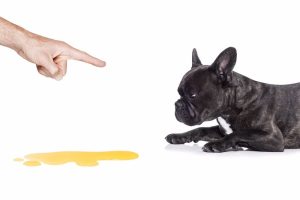
-
How to Correct This Behavior?
First, training your dog to pee in one spot is about creating a conditioned response, and the method for building this response is through repetition and timely rewards. Specifically, you’ll need to dedicate a good amount of time, likely one to two weeks, to training this behavior. During this period, focus on training them to go to the designated spot. Observe when your dog typically needs to relieve themselves—usually after meals, playtime, excitement, or after waking up—and pay attention to any physical cues before they need to go. Once you notice they’re about to go, immediately take them to the designated potty spot. If they do their business in the right place, reward them right away, like giving them a small treat to reinforce the behavior. Over time, your dog will start going to the designated spot on their own. Remember, this reward must be immediate, and the training must be repeated again and again. Your patience is key. On the other hand, if your dog doesn’t go in the designated spot, stop them firmly and guide them to the right place. Once they go there, reward them.
-
Things to Keep in Mind
① If your dog has already peed or pooped somewhere, and you only find out later, do not punish them. Punishment won’t help with habit formation since dogs don’t understand why they are being punished. Positive reinforcement, such as rewarding them with treats when they do something right, is the key to training.
② If your dog has peed or pooped outside the designated area, clean the area thoroughly with a disinfectant to remove odors. This prevents your dog from going back to the same spot. However, avoid using ammonia-based cleaners, as these can attract your dog back to that area to pee or poop again.
③ Don’t yell at or hit your dog, and never drag them into the bathroom. This will only increase their aversion to the bathroom.
Dogs are like babies. The difference between a child raised with punishment and one raised with love and trust is the mutual bond we share. Dogs need our encouragement and guidance to grow and learn quickly.

